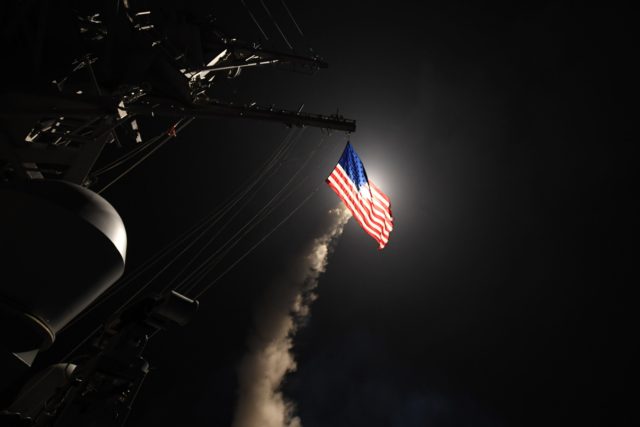By Ankit Panda
 This week, India’s latest Joint Armed Forces Doctrine was made public. The document offers insight into the principles that guide the Indian military’s approach to warfighting. Released by Admiral Sunil Lanba, the chairman of the Indian chiefs of staff committee, the document focuses on India’s conception of its national security and its strategy for managing threats across the “full spectrum of military conflict.” In this sense, the document addresses the principles guiding the Indian military’s approach to everything from nuclear war to internal security and counter-insurgency. The document will merit sustained and serious scrutiny. Below, I highlight a few (early and provisional) takeaways that jumped out to me on a first read.
This week, India’s latest Joint Armed Forces Doctrine was made public. The document offers insight into the principles that guide the Indian military’s approach to warfighting. Released by Admiral Sunil Lanba, the chairman of the Indian chiefs of staff committee, the document focuses on India’s conception of its national security and its strategy for managing threats across the “full spectrum of military conflict.” In this sense, the document addresses the principles guiding the Indian military’s approach to everything from nuclear war to internal security and counter-insurgency. The document will merit sustained and serious scrutiny. Below, I highlight a few (early and provisional) takeaways that jumped out to me on a first read.
One of the first and most obvious observations that has already drawn headlines in the Indian press is that the doctrine explicitly acknowledges that so-called “surgical strikes” will, going forward, be a formal part of India’s retaliatory toolkit against “terror provocations.” India claimed to demonstrate this last September, after the deadly Uri attack, in which Pakistan-based militants killed more than a dozen Indian Army soldiers. Moreover, there is evidence of operations by Indian forces across the Line of Control (the de facto border demarcating India- and Pakistan-administered Kashmir) going back to the early 2000s. Nevertheless, insofar as the joint doctrine document is intended for consumption across India’s western border, the explicit mention of “surgical strikes” is a signal.











